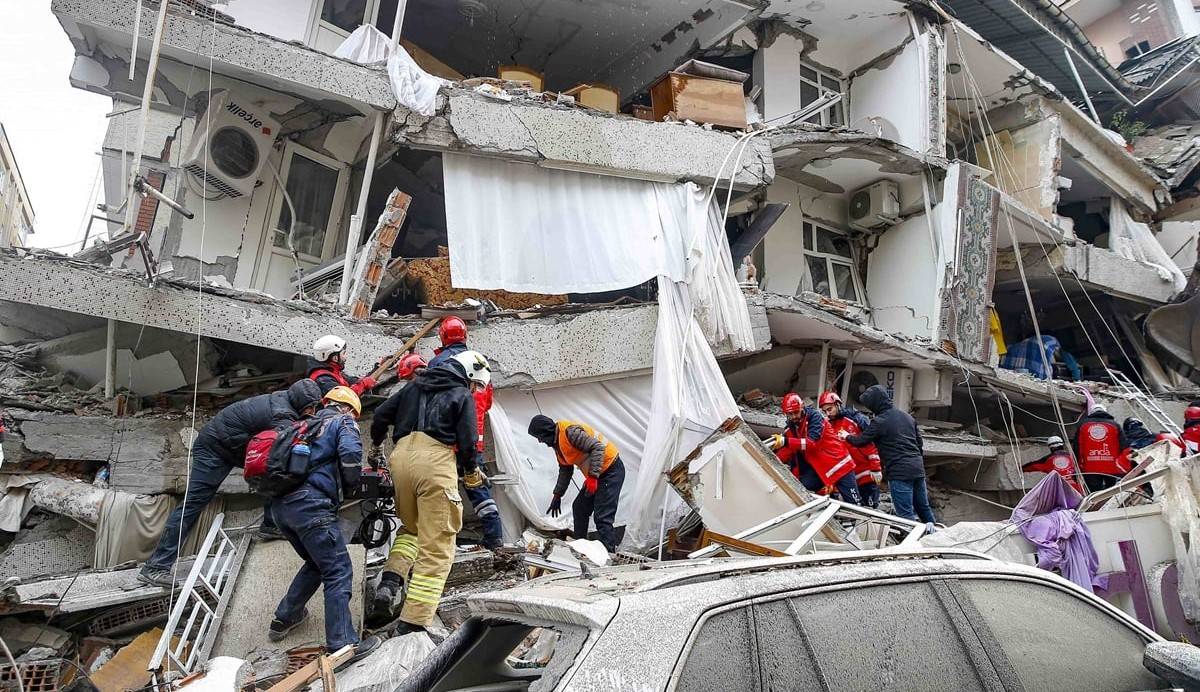
A powerful earthquake measuring 7.2 on the Richter scale rattled Taiwan's eastern coast on 3 April 2024 morning, triggering urgent tsunami alerts for Taiwan and neighboring islands in southern Japan and the Philippines. The seismic event, touted as the most potent in over a quarter-century, sent shockwaves rippling through regional infrastructure.
According to the United States Geological Survey (USGS), the earthquake, with a magnitude of 7.4, struck approximately 18 kilometers (11 miles) south of Hualien City, Taiwan, with a depth of 34.8 kilometers. Japan's Meteorological Agency, on the other hand, assessed the quake's magnitude slightly higher at 7.7.
In the wake of offshore earthquakes, immediate concerns revolve around the potential for devastating tsunamis. Japan's Meteorological Agency issued warnings of tsunami waves possibly surging up to three meters (10 feet) in height along remote southern Japanese islands, including Miyakojima Island. Prompt evacuation orders were issued, prompting residents to seek refuge on higher ground. Live television broadcasts depicted vessels from ports in the Okinawa region moving to safer waters.
The tremor's impact extended to major urban centers like Taipei and New Taipei City, stranding commuters as high-speed rail and metro systems ground to a halt. Taiwan, renowned globally for its advanced computer chip manufacturing, experienced disruptions as the Taiwan Semiconductor Manufacturing Company (TSMC) temporarily suspended operations.
Both Taiwan and Japan lie within seismically active zones due to their proximity to tectonic plate boundaries. Taiwan is no stranger to frequent seismic activity, with the devastating 7.6 magnitude earthquake in 1999 standing as the deadliest natural disaster in recent memory. Similarly, Japan records approximately 1,500 seismic events of varying intensities annually.
Despite the inherent risks, both countries have made remarkable progress in fortifying infrastructure against earthquakes through stringent building codes and earthquake-resistant construction techniques. Japan, in particular, boasts strong disaster response systems, including early warning mechanisms and comprehensive evacuation protocols.
The 2011 Tohoku Earthquake, a catastrophic 9.0 magnitude event off Japan's northeast coast, underscored the threat posed by tsunamis. The disaster claimed thousands of lives and precipitated the Fukushima nuclear crisis, serving as a stark reminder of the devastating potential of seismic events in the region.















